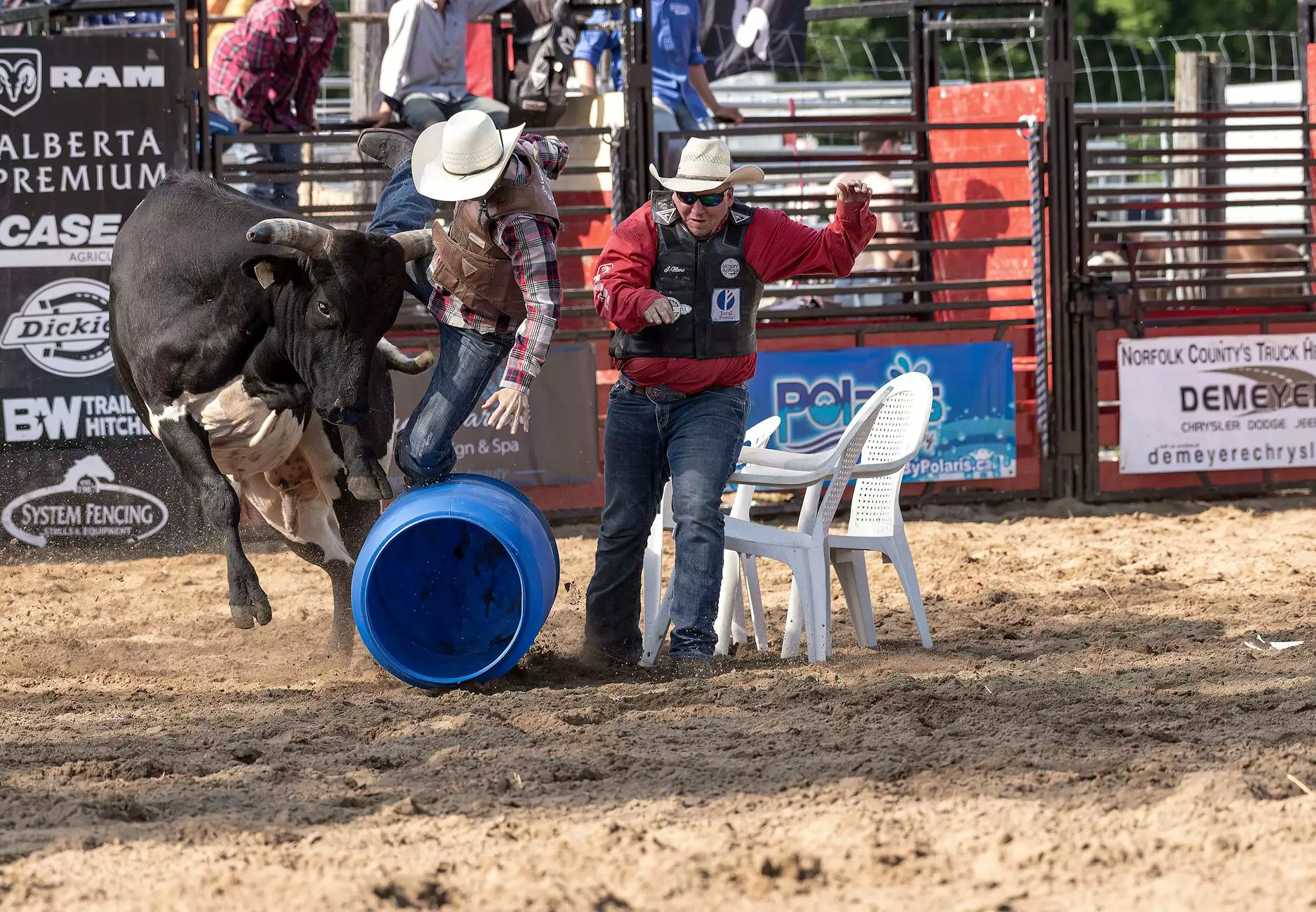Effective Granary Weevil Control for Farmers

In the world of agriculture, maintaining the integrity of harvested grains is essential for the success and profitability of farms. Among the many challenges farmers face, the threat from the granary weevil (Sitophilus granarius) is particularly concerning. These pests can wreak havoc on stored grains, leading to significant losses. Therefore, understanding effective granary weevil control strategies is crucial for every farmer. This article will explore comprehensive methods of weevil management, ensuring your grains remain safe and your profits intact.
Understanding Granary Weevils
The granary weevil is a small, dark-brown beetle that is notorious for its ability to infest a variety of grains, including wheat, corn, and barley. They are typically about 3-5 mm in size, making them difficult to spot until it’s often too late. Their life cycle includes eggs, larvae, pupae, and adults, which can complete their development rapidly under optimal conditions.
The Life Cycle of Granary Weevils
- Egg Stage: Females lay eggs inside the grains.
- Larvae Stage: After hatching, larvae burrow into the grains, feeding and developing.
- Pupal Stage: Once sufficiently mature, larvae pupate inside the grain.
- Adult Stage: Adult weevils emerge and begin the cycle anew.
Understanding this life cycle is essential for developing effective control measures. The faster you can identify an infestation, the quicker you can act to save your crops.
Signs of Infestation
Farmers must be vigilant to spot signs of a potential granary weevil infestation. Look for these indicators:
- Small Holes: Tiny holes in grains or packaging are a tell-tale sign.
- Frass: A powdery substance (weevil excrement) can often be found near infested areas.
- Presence of Adults: Adult weevils can often be seen moving among the grains.
Regular inspections of grain storage areas can help in identifying problems early. Early detection is a key factor in successful granary weevil control.
Preventive Measures for Granary Weevil Control
Prevention is always better than cure. Here are several effective preventive strategies that farmers can implement:
1. Proper Grain Storage
Ensure that grains are stored in sealed, airtight containers to prevent weevil access. Inspect storage bins frequently and maintain a dry environment, as weevils thrive in moist conditions.
2. Temperature Control
Granary weevils are sensitive to extreme temperatures. Keeping storage areas at temperatures below 50°F (10°C) for extended periods can help kill eggs and larvae. Alternatively, heating grain to over 120°F (49°C) for an extended period can accomplish the same effect.
3. Regular Cleaning
Consistently clean grain storage facilities to remove all debris. This practice limits the places where the weevils can hide and reproduce. A thorough cleaning before storing new grain can significantly help in weevil control.
Granary Weevil Control Methods
If an infestation is discovered, several control measures can be implemented:
1. Biological Control
Using natural predators can be an effective way to manage granary weevils. For example, birds and other insects may prey on weevils and their larvae. Introducing these natural allies into your grain storage ecosystem helps maintain the balance.
2. Insecticides and Chemical Treatments
Various insecticides are available specifically designed for granary weevil control. It’s crucial to choose products that are safe for use in grain storage areas and follow label instructions carefully. Always consider the impact on non-target organisms.
3. Grain Freezing
If the conditions allow, you may choose to freeze infested grain. When the temperature is at least -10°F (-23°C) for several days, the cold can kill both weevils and their eggs. However, always allow the grain to normalize to room temperature to avoid moisture issues before use.
The Importance of Monitoring and Record Keeping
Effective granary weevil control requires ongoing monitoring. Keep detailed records of inspections, treatments, and grain conditions. This data will help you adapt strategies as needed and improve the overall effectiveness of your pest management plan.
Making the Most of Technology in Pest Control
Advancements in technology now allow farmers to utilize sensors and smart systems for monitoring grain storage conditions. Some systems can alert you if temperature or humidity levels rise to conditions favorable for granary weevil reproduction. Investing in such technologies can save you from substantial losses in the long run.
Conclusion
In conclusion, controlling granary weevils is essential for safeguarding your harvest and ensuring the long-term viability of your farming business. By implementing robust prevention strategies, being vigilant, and employing effective control methods, you can significantly reduce the risk of a weevil infestation. Remember, an integrated approach that considers environmental conditions, monitoring, and timely interventions will yield the best results in your granary weevil control efforts.
For more information on agricultural best practices and farming equipment, or to learn about our services at tsgcinc.com, don't hesitate to reach out. Together, we’ll ensure that your agricultural operations remain productive and free from pests!









